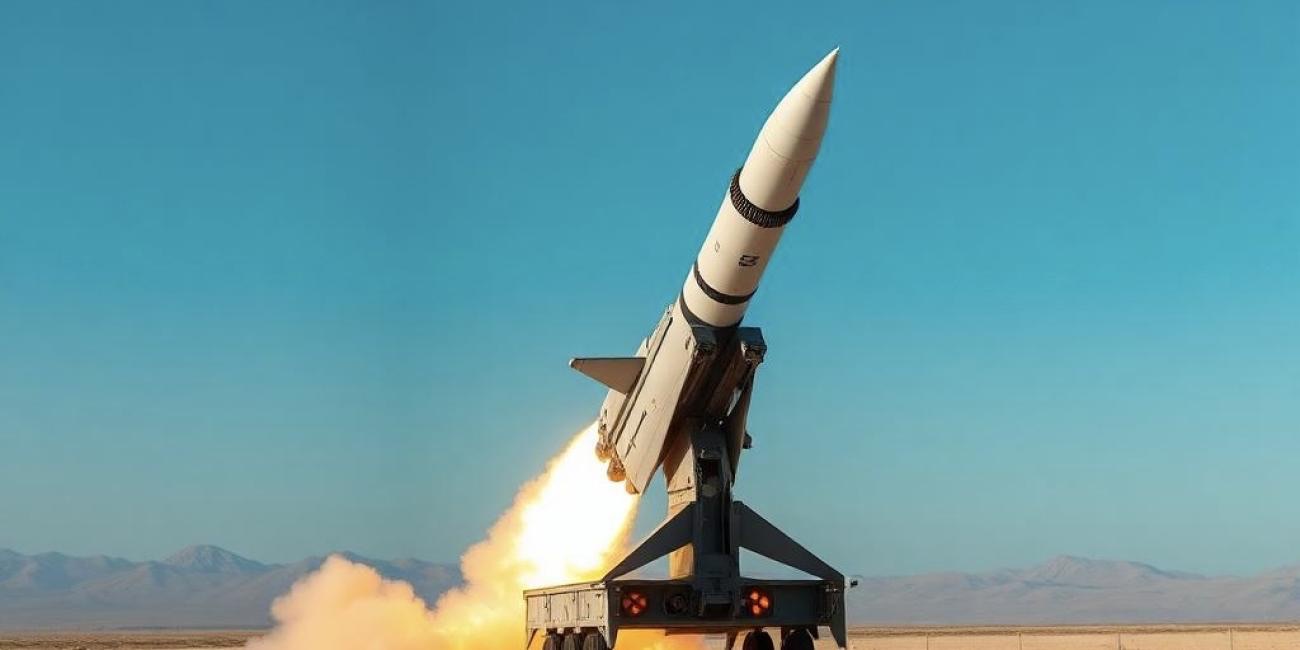
North Korea conducted a long-range missile test on Monday, coinciding with U.S. Secretary of State Antony Blinken’s visit to the region. Blinken, who was in Seoul, South Korea, at the time, condemned the test and underscored the need for stronger cooperation between the United States, South Korea, and Japan to address the escalating threat from Pyongyang.
The missile test is the latest in a series of actions by North Korea to advance its military capabilities, including the development of intercontinental ballistic missiles (ICBMs) and submarine-launched ballistic missiles (SLBMs). According to South Korea’s military, the missile, believed to be an intermediate-range ballistic missile (IRBM), was launched around noon (0300 GMT) and traveled approximately 1,100 kilometers (690 miles) eastward before landing in the sea.
Speaking at a press conference hours later, Blinken stressed the importance of trilateral collaboration, including real-time missile data sharing and joint military exercises, to counter North Korea’s provocations. “Today’s launch is a stark reminder of the critical importance of our cooperative efforts,” he said.
Blinken also raised concerns about North Korea’s growing alignment with Russia, suggesting that Moscow is seeking to exchange space and satellite technology with Pyongyang in return for support in the Ukraine war. Reports indicate that over 1,000 North Korean soldiers have been killed or injured in the conflict.
Monday’s launch marks North Korea’s first missile test since November 5, when it fired at least seven short-range ballistic missiles. While the exact missile type used in this test remains unclear, recent IRBM launches by Pyongyang have included solid-fuel designs equipped with hypersonic glide vehicles capable of evading missile defenses.
North Korea has declared its intention to transition its missile arsenal to solid-fuel technology. These missiles are easier to deploy, require less logistical support, and are more challenging to detect compared to liquid-fuel systems, making them a centerpiece of Pyongyang’s military advancements.
